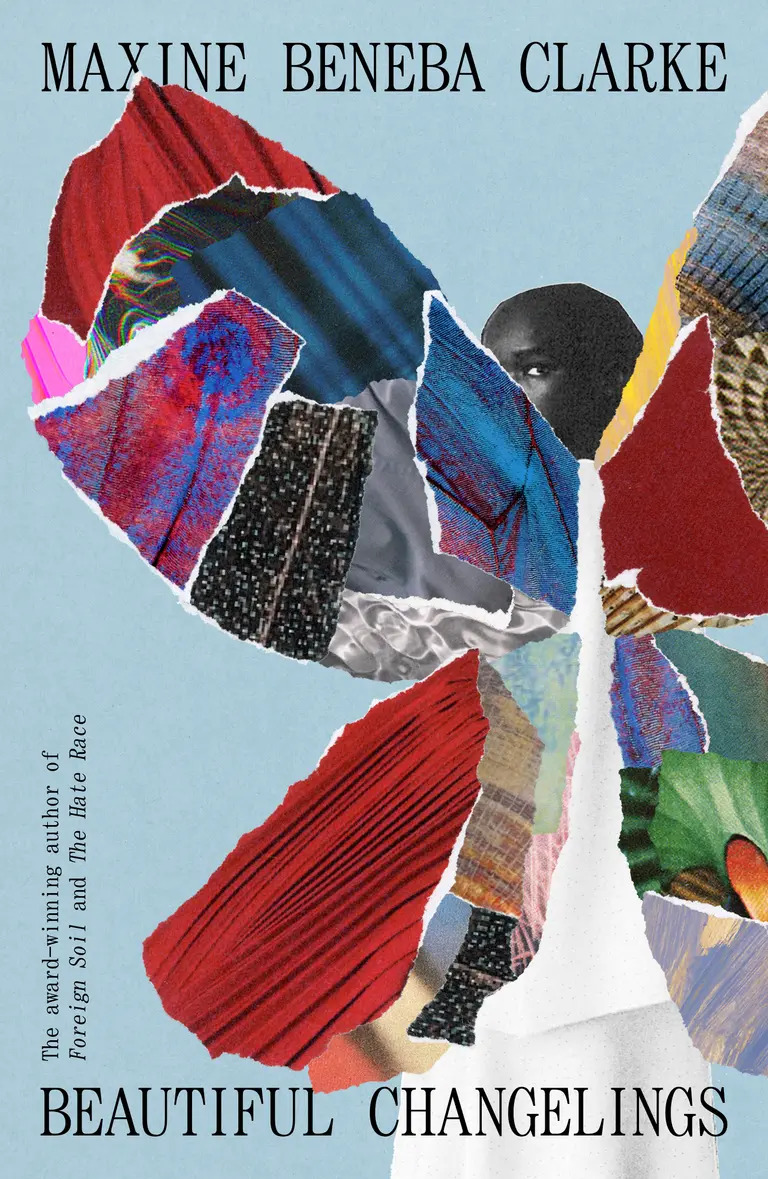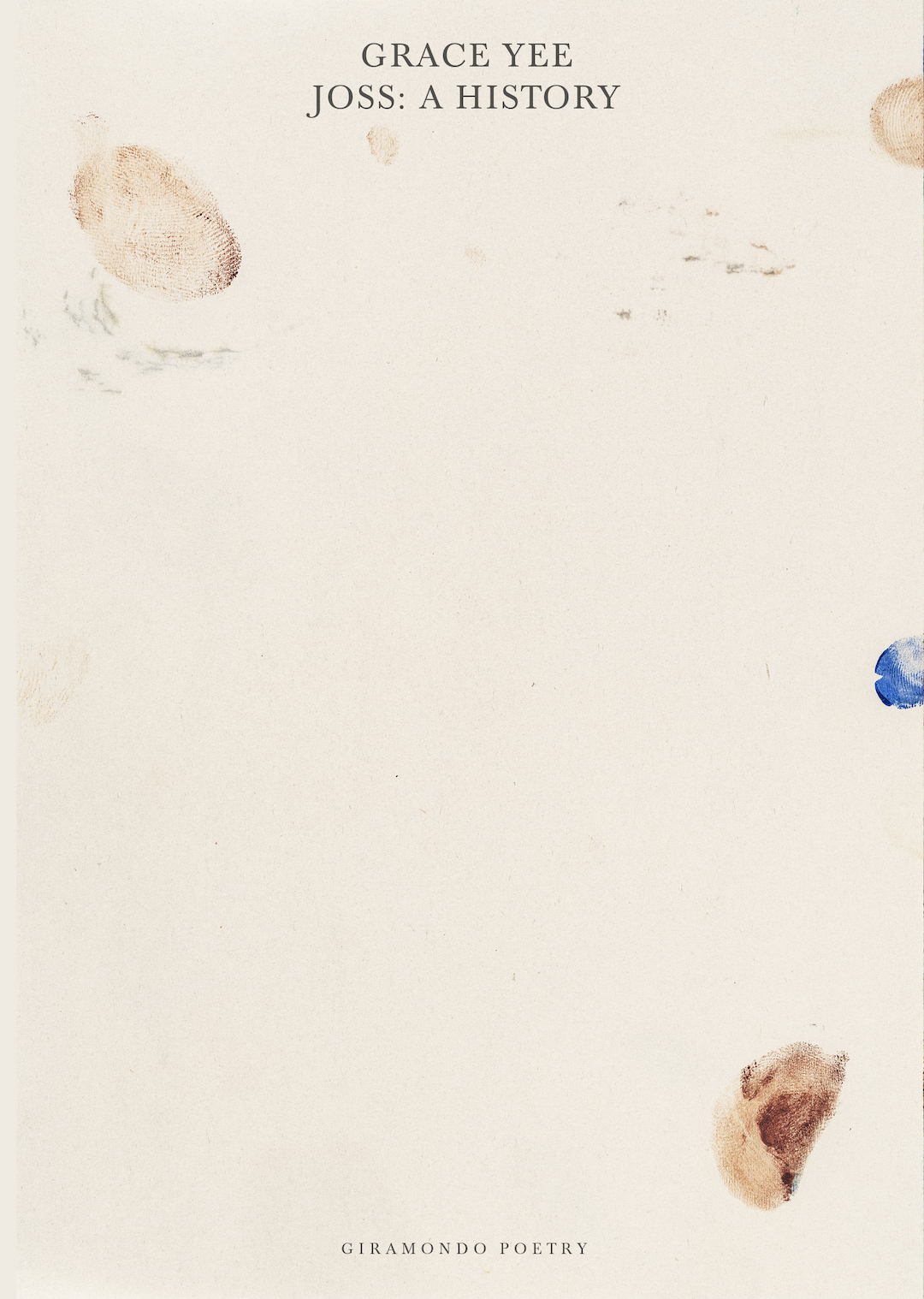The art of communication
Like all books, picture books are a vehicle of communication, narrative, information and emotions. Because of the adaptability of the picture-book genre, which communicates using both verbal and visual language systems, it is sometimes possible for authors and illustrators to challenge the underlying precepts of the role of language in the communication process.
This is especially the case in picture books for older readers. Woolvs in the Sitee, by Margaret Wild and Anne Spudvilas (Viking, $26.95 hb, 32 pp), definitely presents such a challenge. Innovative, intriguing and potentially controversial, this book contains everything that a good picture book should possess – except correct spelling. But that is part of its appeal and a large part of the reason why Wild’s text communicates so effectively. Like Mark Haddon in The Curious Incident of the Dog in the Night-time (2003), Wild has created a convincing voice, getting inside the head of her teenage protagonist, Ben, in such a way that she uncompromisingly communicates his innermost thoughts and feelings. She does this using the phonetic spelling, awkward grammatical constructs and made-up words of an undereducated, or perhaps dyslexic, teenager. However, like the ever-evolving language of SMS and e-mails, Ben has no trouble communicating.
Continue reading for only $10 per month. Subscribe and gain full access to Australian Book Review. Already a subscriber? Sign in. If you need assistance, feel free to contact us.










Leave a comment
If you are an ABR subscriber, you will need to sign in to post a comment.
If you have forgotten your sign in details, or if you receive an error message when trying to submit your comment, please email your comment (and the name of the article to which it relates) to ABR Comments. We will review your comment and, subject to approval, we will post it under your name.
Please note that all comments must be approved by ABR and comply with our Terms & Conditions.